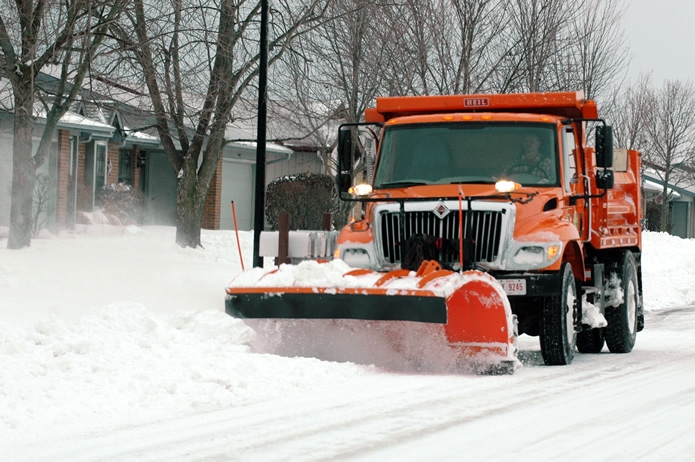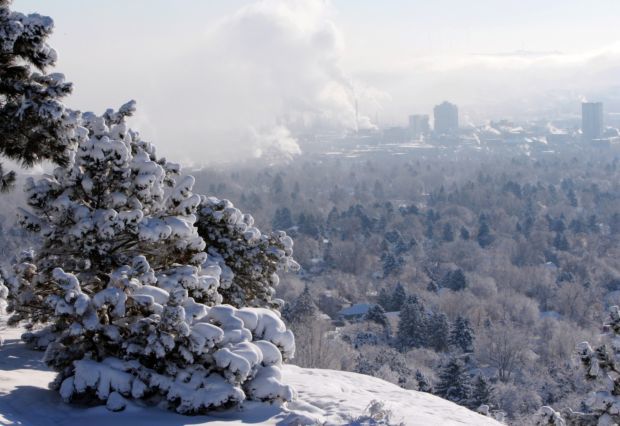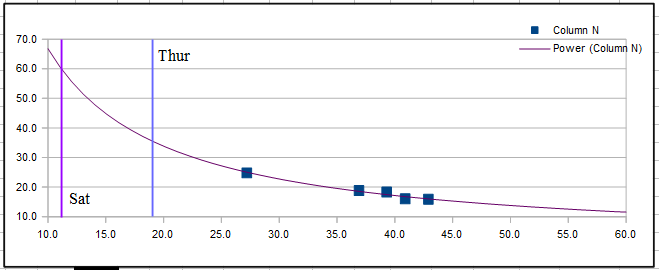According to my records, the last time, my small town of Forsyth
Missouri, saw a string of really cold air was back in February of 2015!
Just to be fair, there have been days scattered here and there where
I’d awake to temps in the teens. Sure. But, in general, a fast recovery
was just around the corner. That’s not going to be the case, if the
forecasts being put out by the National Weather Service is correct!
NWS statement –
'A true arctic front looks to drop into
the area sometime during the day on Saturday. High temps will likely
occur early in the day and then fall from there. We have not strayed
too far from the mean of model guidance for temps this weekend. While
there is still decent spread, there is a fairly strong signal that
Sunday will be the coldest day with highs potentially remaining in
the 20s, possibly colder. Low temperatures in the single digits to
teens are also possible. Wind chills below zero are looking
increasingly likely this weekend.'
If that statement is true, and if this sort of frigid nonsense were
to go on from Saturday late (Feb 6) through Thursday, the 11th of the
following work week…. Wow, that will be something to witness. Now here’s
a word of caution. Best be prepared!
For a retired man, such as myself, I do know one thing for sure, I’m
not likely to want to venture out very often, if the high on a
particular day is only in the low thirties! So, in order to avoid that
this time, I planned to visit my local grocery store, while it was still
relatively warm. My motto, ‘when forewarned of chilly times, stock the
shelves, perchance to hibernate, and slumber til better climes’!
For those with crawlspaces, it might be a good idea to check for any open vents as I failed to do years ago when it got very cold. Had I sealed them properly, I would have avoided an expensive plumbers bill!
Lastly, as the data above shows, cold spells that last more than a
couple of days, can really cause one’s furnace to go into overload. My
kilowatt hour use that February in 2015 was just over 1800 kWh’s. That
translated to a whopping $234 electric bill for a man who had grown use
to only about ninety dollars or so… Bummer.
But before I get too worked up. I plan to calm down, have a cup of
coffee and wait for the very much more accurate update that will come
along about next Thursday, Feb the 4th! Until then, I will be commenting
on my weather site at www.taneyweather.com!










